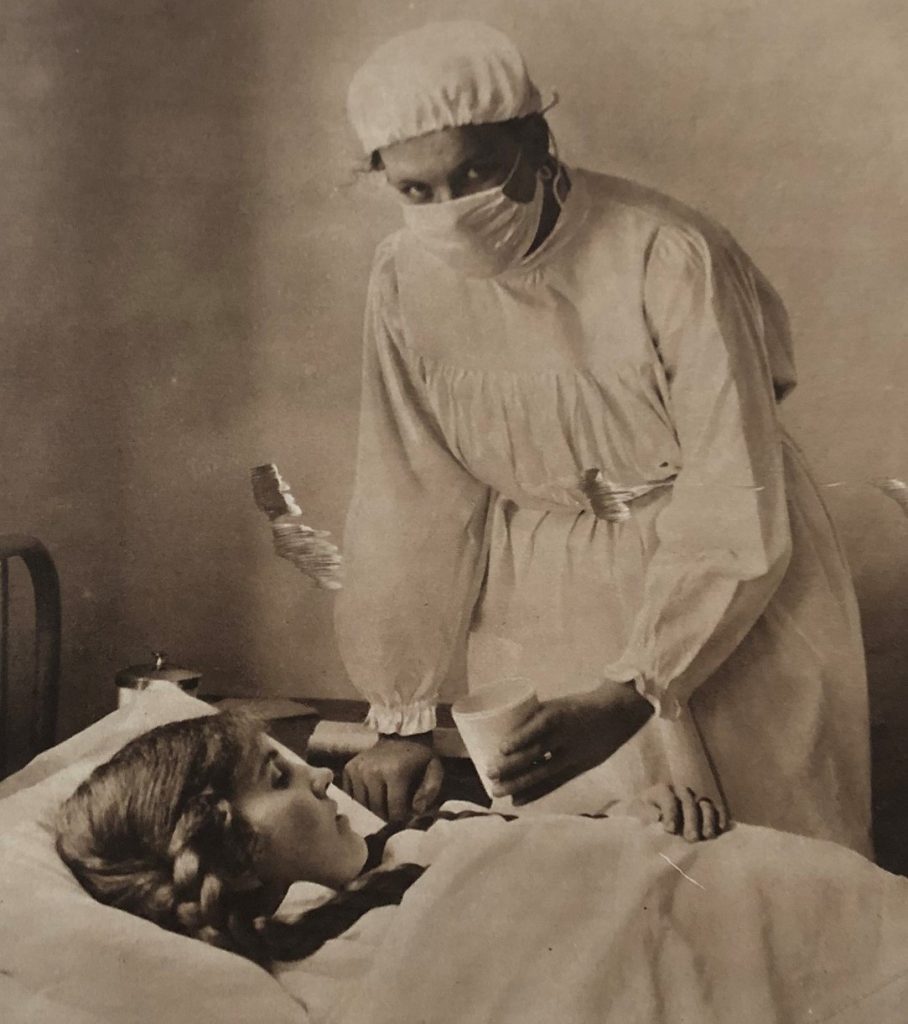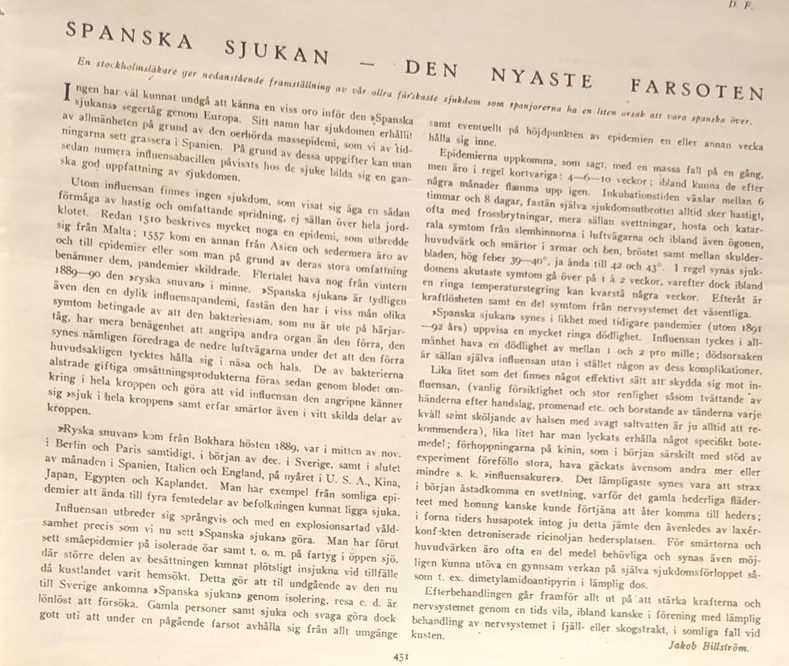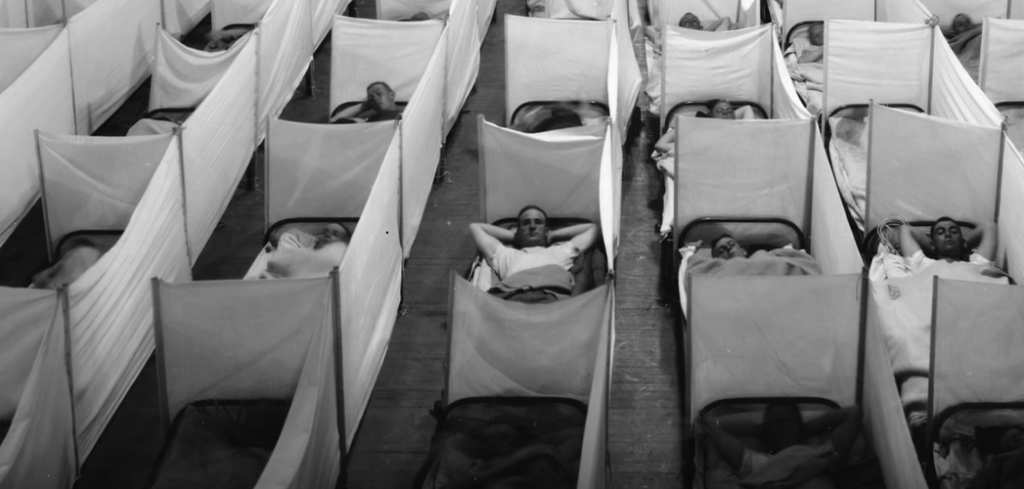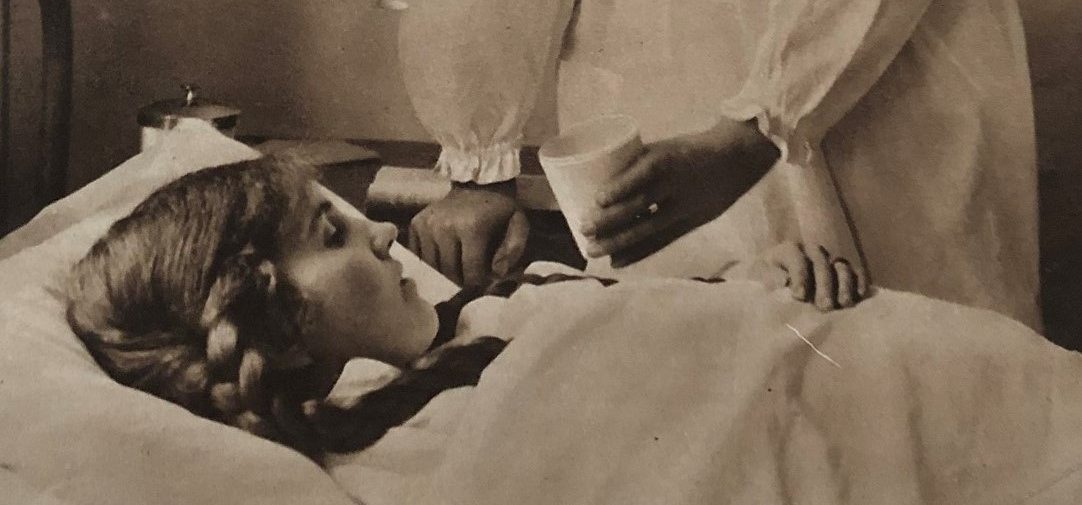From World War I to pandemic: the deadly legacy of the Spanish flu
The Spanish flu, an influenza pandemic that struck the world between 1918 and 1920, is one of the deadliest events in modern history. Despite its name, its origins are not definitively linked to Spain. This article explores the history of the pandemic, its effects, and the long-term impact it has had on the world.
The influenza pandemic of 1918-1919 killed more people than any other disease outbreak in human history. The number of deaths exceeded those from both World War I and World War II combined. The lowest estimate of the death toll is 21 million, but later calculations estimate anywhere from 50 to 100 million deaths, significantly more than World War I. Most deaths occurred during a sixteen-week period, from mid-September to mid-December 1918.
The pandemic came in three waves. According to Wikipedia, the disease raged for almost three years from January 1918 to December 1920 and infected 25% of the population.
Where did the Spanish flu come from?
It has never been clear where this pandemic began. Since influenza is an endemic disease, not just an epidemic one, it is impossible to answer this question with absolute certainty.
The disease was named the Spanish flu because Spain was a neutral country and could report on the disease. Since it occurred during the war, several warring countries like the USA, Britain, France, and Germany censored reports about the disease.
There are also hypotheses that the influenza began in China, where there was a minor outbreak of lung disease in 1918. The British researcher J.S. Oxford has proposed the hypothesis that the 1918 pandemic originated in a British army post in France, where a disease that British doctors called "purulent bronchitis" had already broken out in 1916.
How the flu spread in the United States
In January 1918, the infection came and the research is published in National Library of Medicine.
The first known outbreak was in Haskell Country Kansas. Historian Alfred W. Crossby believes that there is much evidence that the most likely place of origin. It is an isolated and sparsely populated county in the southwest corner of the state with a lot of cattle and pig farming - which could be a possible clue to the disease. Haskell is also a migratory bird migration site with 17 bird species, including sand hill cranes and mallards. Scientists today understand that bird flu viruses, like human flu viruses, can also infect pigs, and when a bird virus and a human virus infect the same pig cell, their different genes can mix and swap, resulting in a new, perhaps particularly deadly virus. Read more at Smithsonian mag.
The disease spread very quickly over the course of a few weeks. A month later, 4% of those infected had died. By September, the flu had spread across the United States.
In Philadelphia, 759 people died in one day. Priests drove horse-drawn carriages through the streets of the city, urging the inhabitants to bring forth their dead; many were buried in mass graves. More than 12,000 people died in Philadelphia—almost all of them within six weeks.
Dr. Edwin Jordan editor of The Journal of Infectious Disease researched the origins in the 1920s and documented how the disease spread via the army from camp to camp, then into cities, and with the troops' travels to Europe. His conclusion was that the United States was the place of origin.
The Australian Nobel laureate and virologist MacFarlane Burnet spent most of his scientific career with influenza, studying the pandemic closely. He concluded that the evidence was “strongly suggestive” that the disease began in the United States and spread with “the arrival of American troops in France.
Is it possible to compare Covid-19 with the Spanish flu?
Comparing the Covid-19 outbreak to the Spanish flu is not fair because the disease was much worse and the medical care was at a level that is light years from today. In addition, the Spanish Flu came during World War I which had overcrowded camps and hospitals, poor hygiene and malnutrition.
But on the other hand, different regions are today significantly more interconnected with aviation and globalization. In addition, the population has increased and the world's population was about a quarter of today's population when the Spanish Flu was on its way.
Mistakes during the Spanish Flu
Politico has written a worth reading article with errors during the Spanish Flu such as:
- There is numerous examples where authorities and officials downplay the threat to try to reassure the public
- Leaders were not unresponsive from other specialists about quarantine
- They were too late to shut down the community
- They made the mistake of having too little space between sick beds and lack of capacity
- They had leaders who lack knowledge about epidemiology
- San Diego had a lower death rate than many other US cities and they were restrictive, closing churches, dance halls, gyms, libraries, swimming pools and all public gatherings. The Red Cross in the city was active in producing and distributing thousands of gauze masks.
What did the Spanish flu look like in Sweden
But what did the Spanish flu look like in Sweden? In Sweden, 38,000 people died from the dreaded disease. We have inventoried old issues of Veckojournalen 1918, i.e. the year the flu swept through Sweden.


The nurses were equipped with gas cloth mouth guards to breathe with for two hours and then disinfected. The mouthguards gave an excellent result and were introduced in all the hospitals in the capital where flu patients are treated.

Spanish Flu – “The Newest Plague”
The article, written by the then Stockholm doctor Jakob Billström, describes how he saw the disease at the time. This is relatively early in the outbreak because they write that the Spanish flu has a very low mortality rate (between 1-2 per thousand). The cause of death is rarely the flu without any of the complications.

Spanish sick symptoms
The Spanish flu was characterized by symptoms such as high fever, fatigue and pneumonia. It had an unusually high mortality rate, especially among young adults, which set it apart from other influenza epidemics.
Spanish flu attacked the lower respiratory tract and other organs. According to the article, the bacteria were carried with the blood throughout the body so that the infected person felt sick and ached throughout the body and pains in various parts of the body. According to an article in Smithsonian Mag the sick could have frothy blood coughed up from the lungs, and bleeding from the nose, ears and even eyes.
Spanish flu appeared with a lot of cases at once but is usually short-lived 4-10 weeks. Sometimes they flare up again after a few months. As a rule, the most acute symptoms of the disease subside in 1-2 weeks, but a slight rise in temperature can persist for a few weeks.
The majority of deaths during the 1918-1919 flu pandemic were not caused by the flu virus, researchers report from National Institutes of Health. Instead, most victims succumbed to bacterial pneumonia after influenza virus infection. The pneumonia was caused when bacteria that normally inhabit the nose and throat invaded the lungs along a pathway created when the virus destroyed the cells lining the airways and lungs.
A future influenza pandemic may develop in a similar way. The authors therefore conclude that comprehensive pandemic preparedness should not only include efforts to develop new or improved influenza vaccines and antiviral drugs, but also provisions for the storage of antibiotics and bacterial vaccines.
Co-author and pathologist Jeffery Taubenberger examined lung tissue samples from 58 soldiers who died of influenza at various US military bases in 1918 and 1919. The samples, preserved in paraffin blocks, were recut and stained to allow for microscopic evaluation. Examination showed a spectrum of tissue damage "ranging from changes that characterize the primary viral pneumonia and evidence of tissue repair to evidence of severe, acute, secondary bacterial pneumonia," says Dr. Taubenberger. In most cases, he adds, the predominant disease at the time of death appeared to have been bacterial pneumonia. There was also evidence that the virus destroyed the bronchial tubes, including cells with protective hairs. This loss left other types of cells throughout the airways vulnerable to attack by bacteria transported along the newly created pathway from the nose and throat.
The availability of antibiotics during the other flu pandemics of the 20th century, especially 1957 and 1968, was probably a key factor in the lower number of deaths worldwide during these outbreaks, notes Dr. Morens.
The cause and timing of the next influenza pandemic cannot be predicted with certainty, the authors acknowledge, nor can the virulence of pandemic influenza virus strains. However, it is possible that – as in 1918 – a similar pattern of viral damage followed by bacterial invasion could develop, the authors say. Preparations to diagnose, treat and prevent bacterial pneumonia should be among the highest priorities in influenza pandemic planning, they write. "We are encouraged by the fact that pandemic planners are already considering and implementing some of these measures," said Dr. Fauci.
What tips were there to avoid the Spanish flu?
The article describes that the old and sick do best to refrain from all socializing during an ongoing epidemic.
Cures - how did the doctors try to cure the Spanish flu?
The impact of the Spanish Flu extended far beyond its immediate health crisis. It highlighted shortcomings in public health and healthcare systems worldwide. The pandemic led to changes in how societies deal with infectious diseases, including better surveillance of public health and improved sanitation.
An interesting detail is that in addition to washing your hands, brush your teeth and rinse your throat with salt water. Dr. Billström has hopes for quinine and recommends that the most appropriate thing is to induce sweating and recommends the old home remedy of elderberry tea with honey. In the old in-house pharmacy, it was the elder tea together with the castor oil that took pride of place.
Was the Spanish Flu a reason why World War I ended?
Although the Spanish Flu is often overshadowed by the First World War in the history books, its significance as a global event is hard to deny.
In the spring of 1918, the Germans launched their last major offensive, which first targeted the Channel coast to cut off the Channel coast between England and France. The German army suffered heavy losses and did not have a sufficient counter-offensive which began on August 8th with a battle attack at Amiens that shook the morale of the German soldiers and during August their front retreated back into northern France. During September the Turks collapsed in Palestine and Syria, the Bulgarians in the Balkans and the Italians launched an offensive against Austria.
On September 26th, the British, French and Americans began a decisive offensive in northern France and Belgium. Two days later, Hindenburg and Ludendorff considered the war lost and called on the German government to conclude an armistice. Armistice negotiations began with Wilson at the initiative of the German military leadership. In October, the military could not bring up the 600,000 man reserves they had needed. Only in November did the revolution break out in Germany, the first revolt at the High Seas Fleet took place on October 29.





Hello ! Our mother had the Spanish Flu. She recovered, but was drawn with certain suites for the rest of her life. Periodically she was admitted to Infection, i.a. for fluid in the pleura, and later she had heart fibrillation. But she was outstanding, managed her family, children and husband, etc